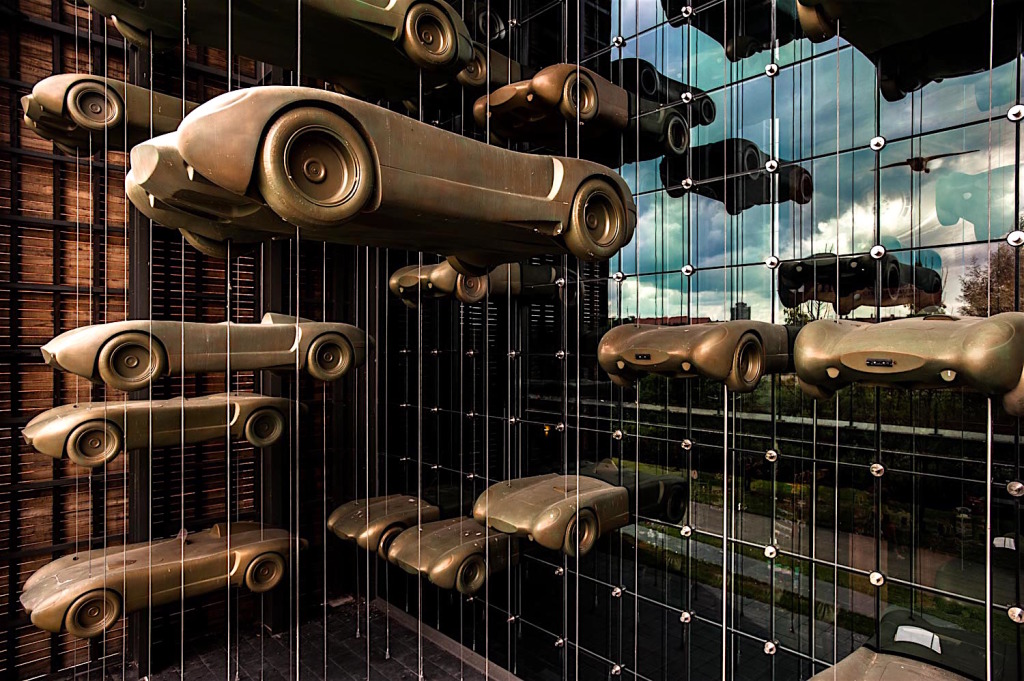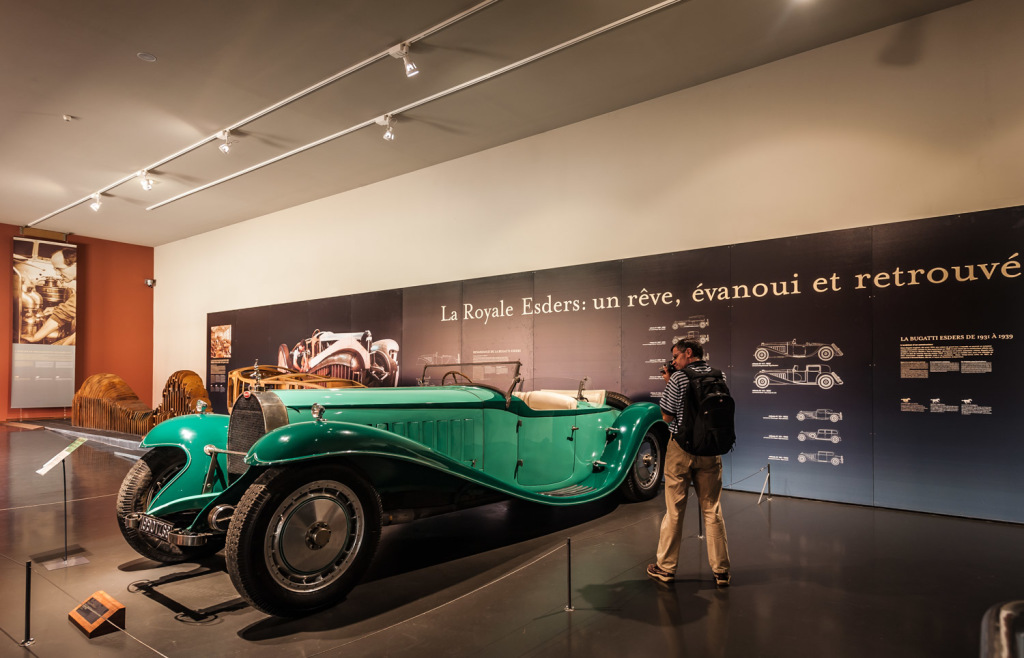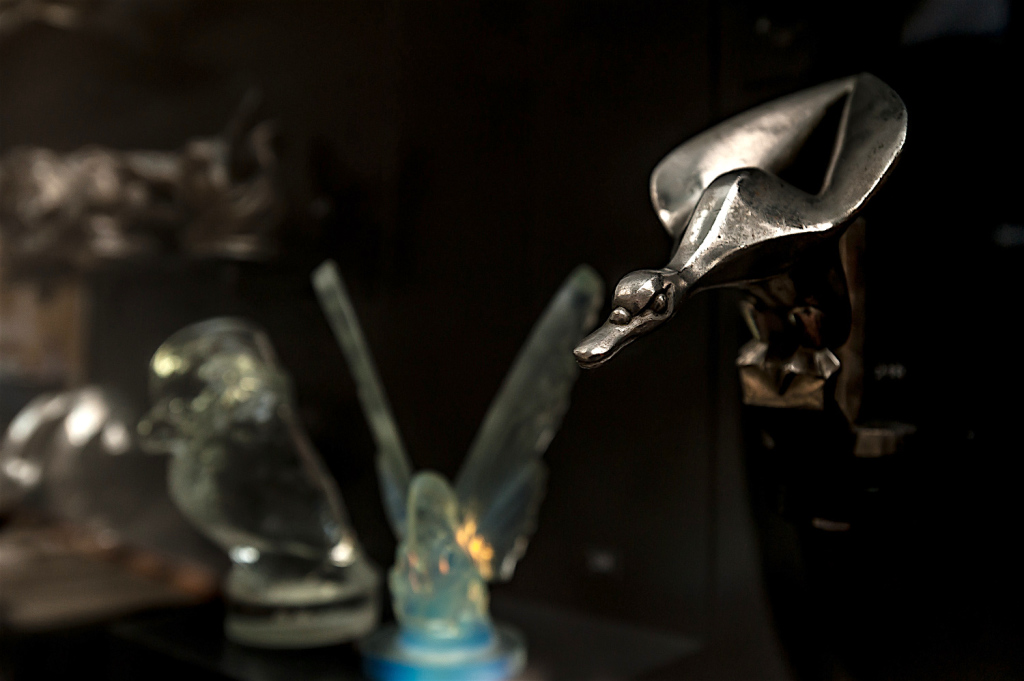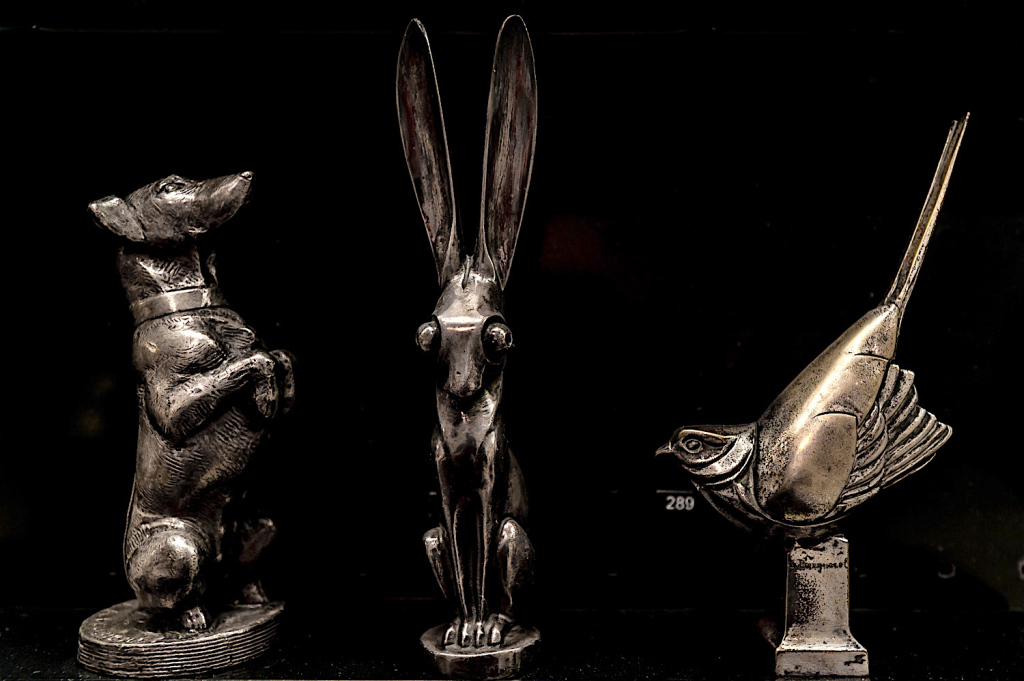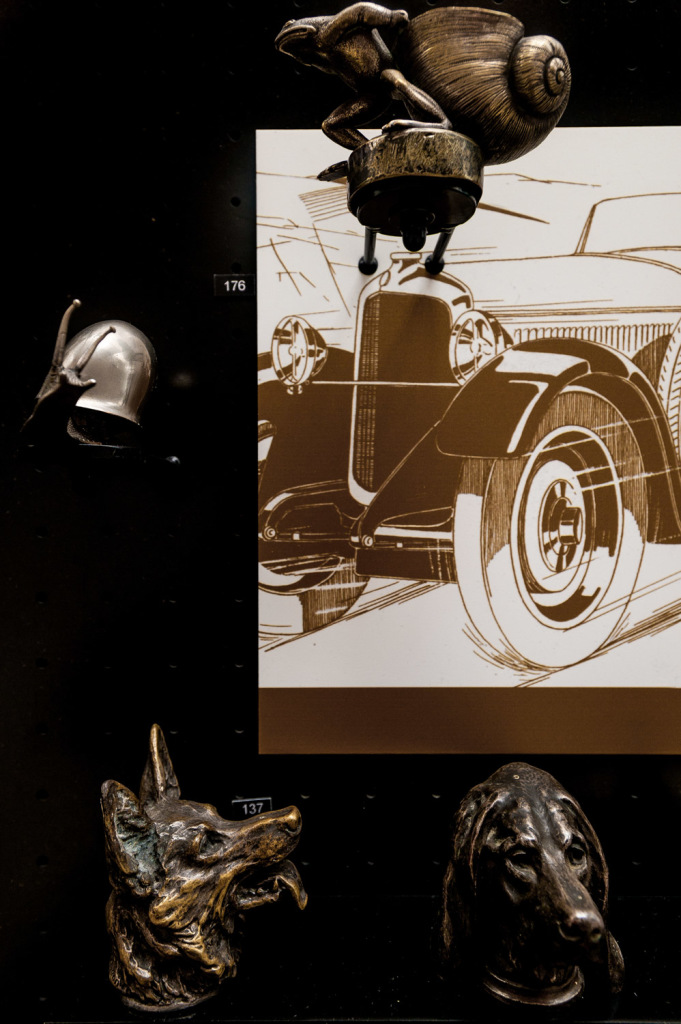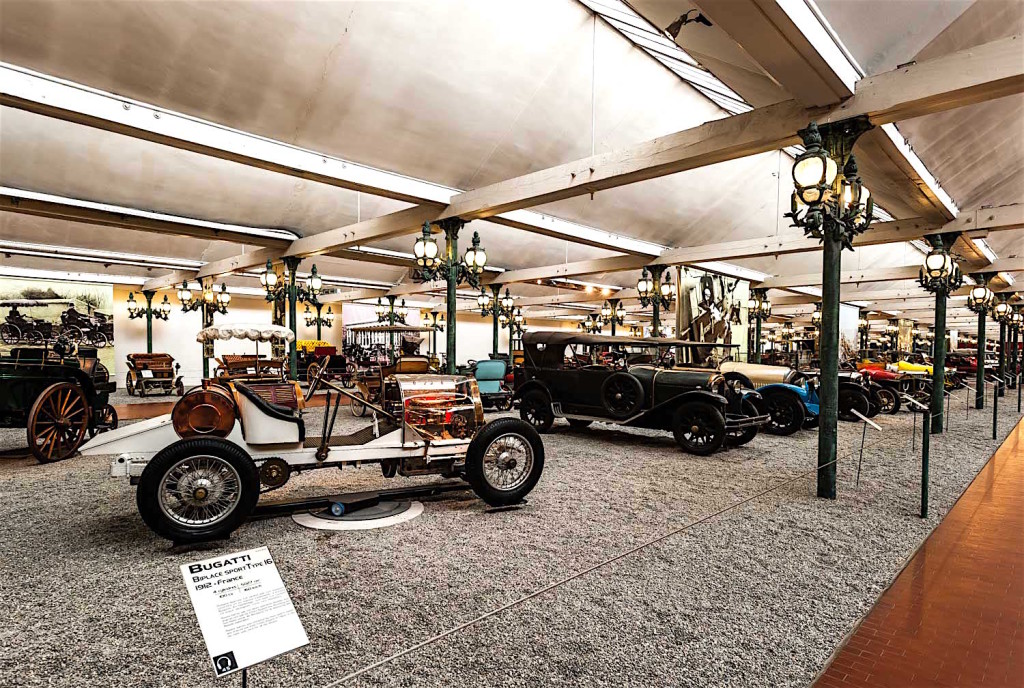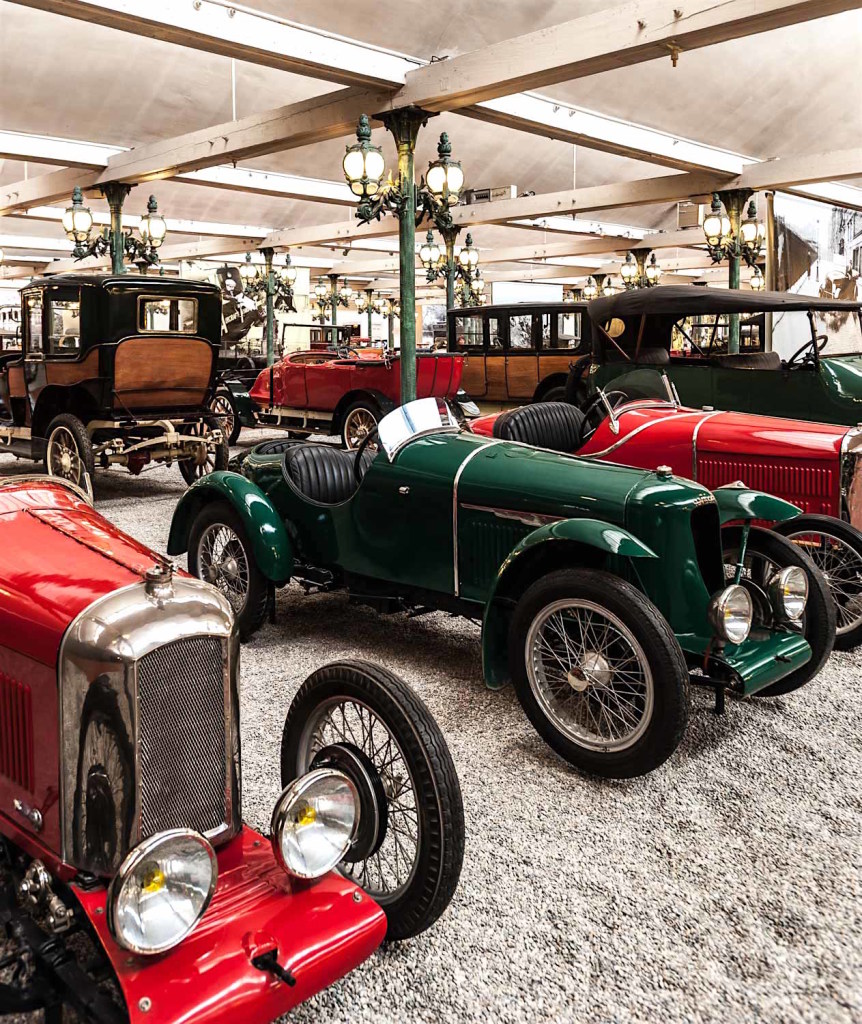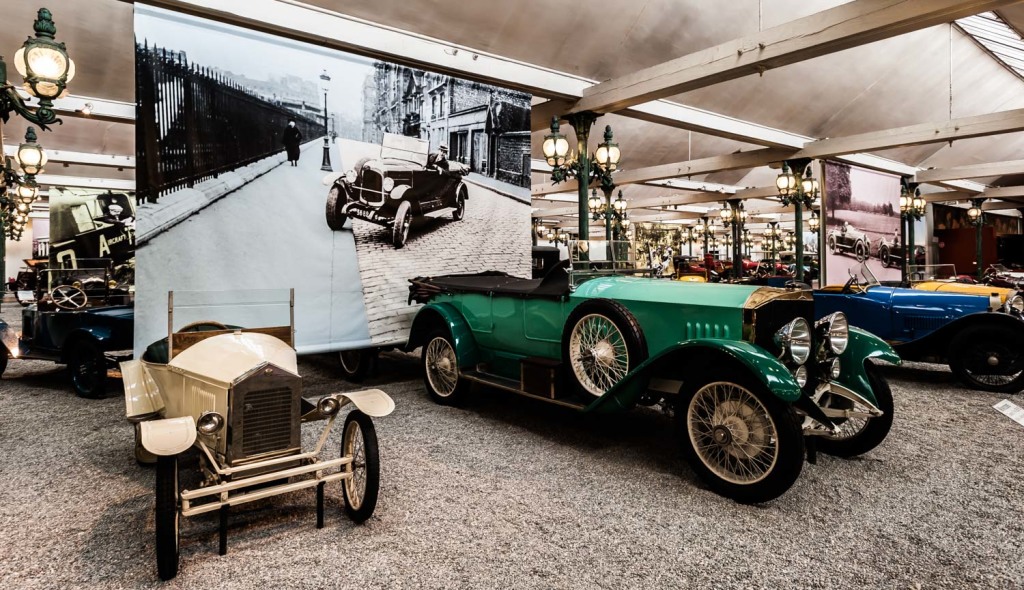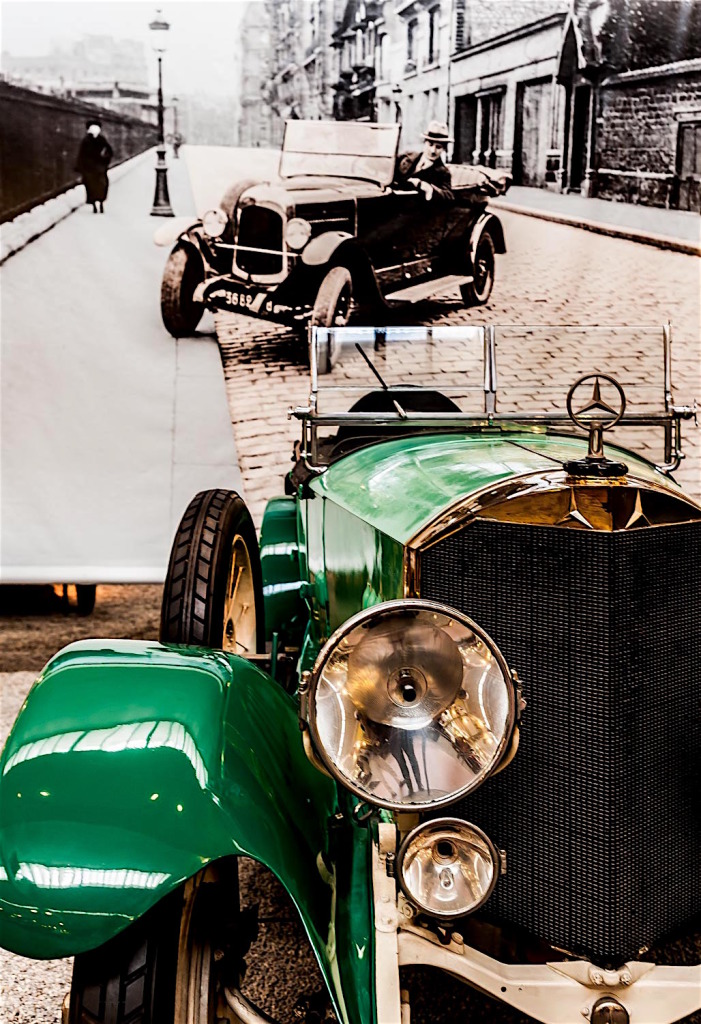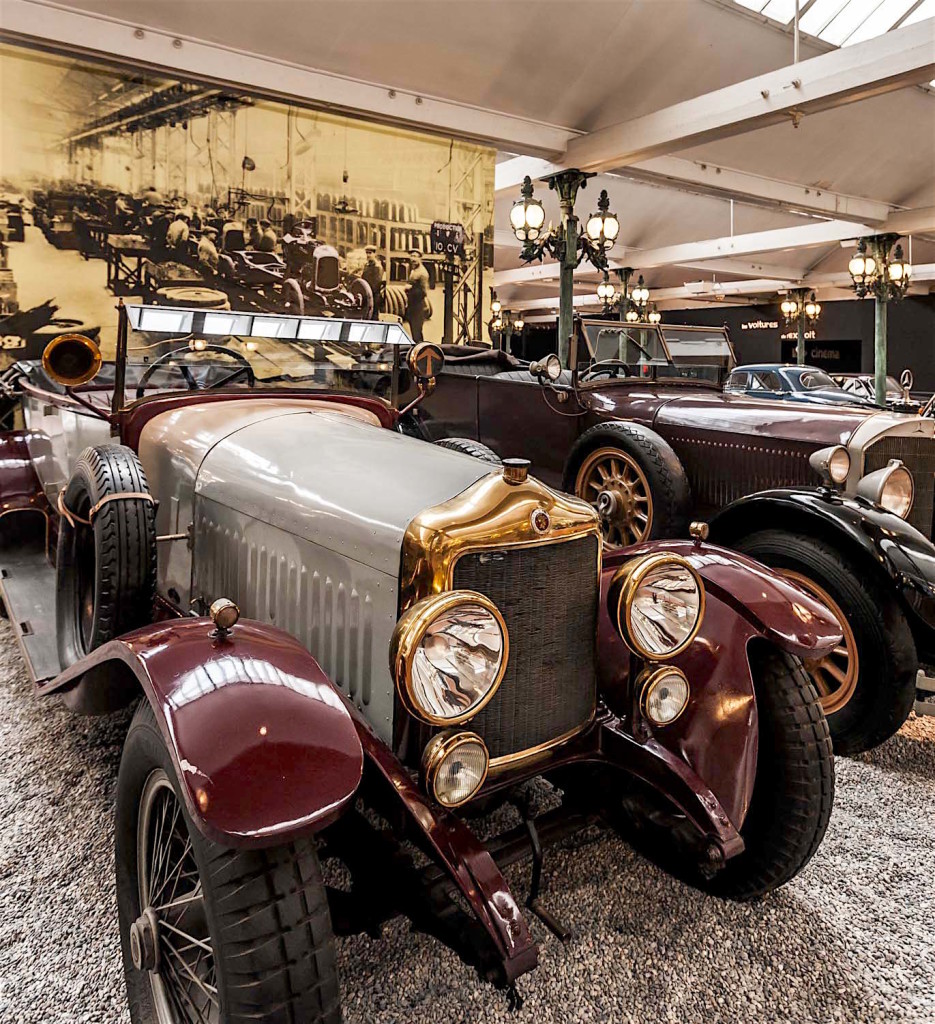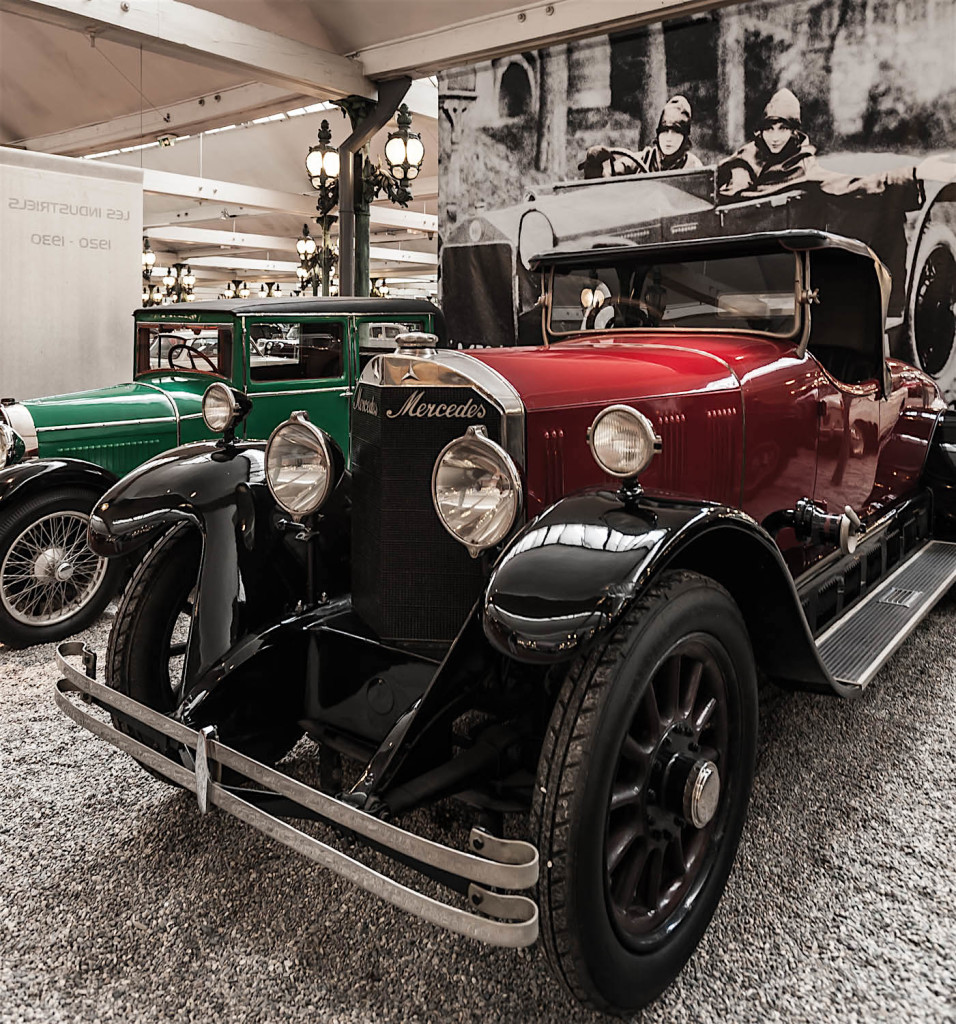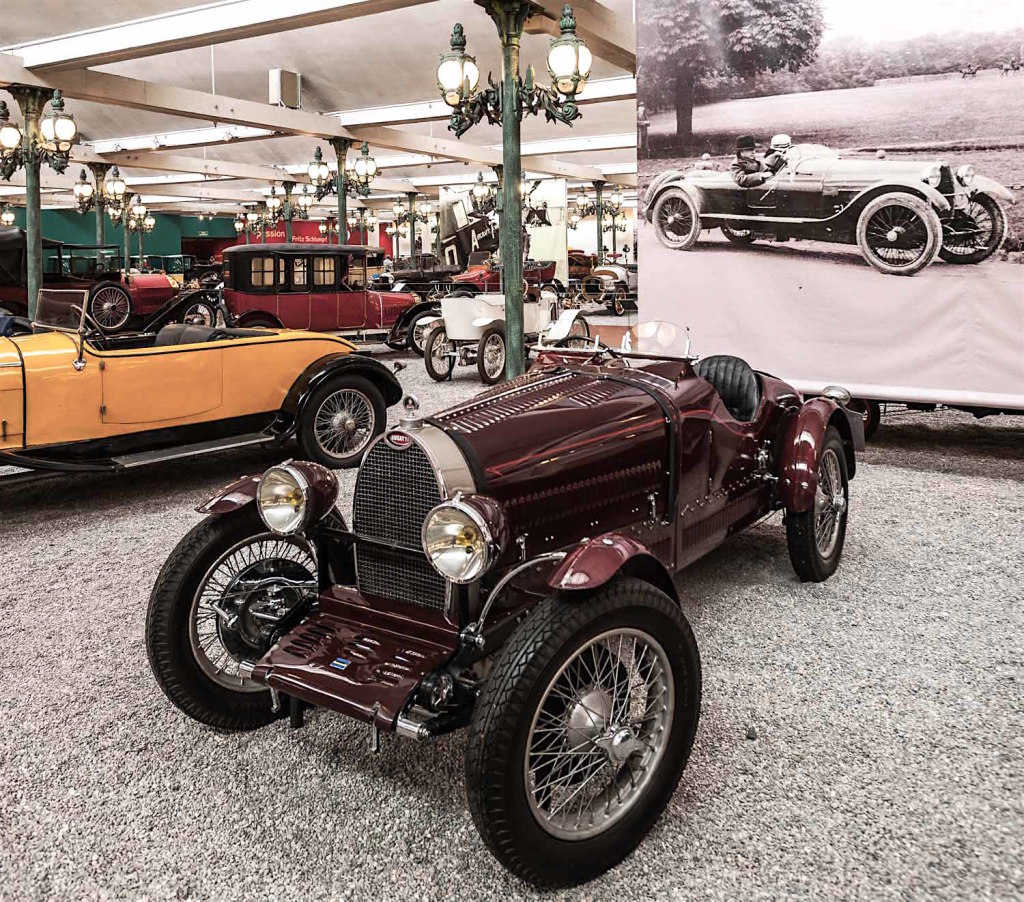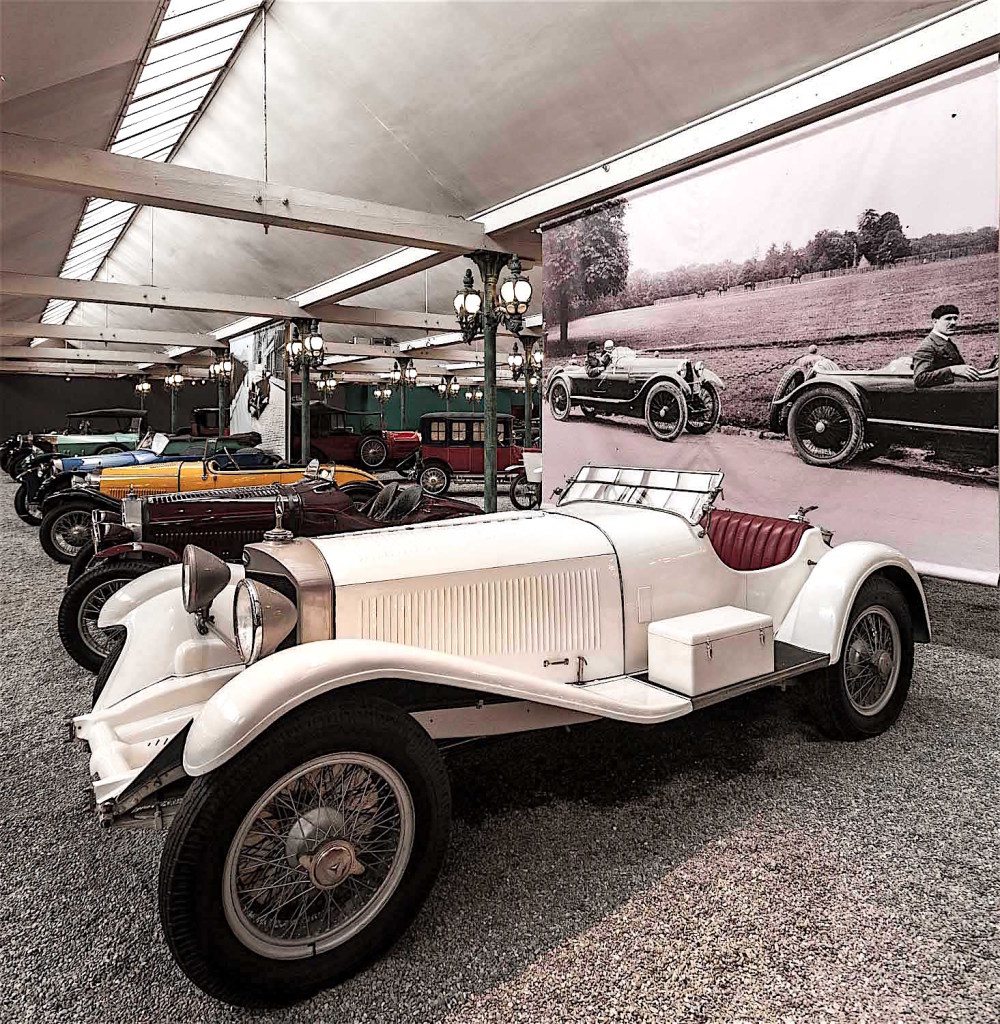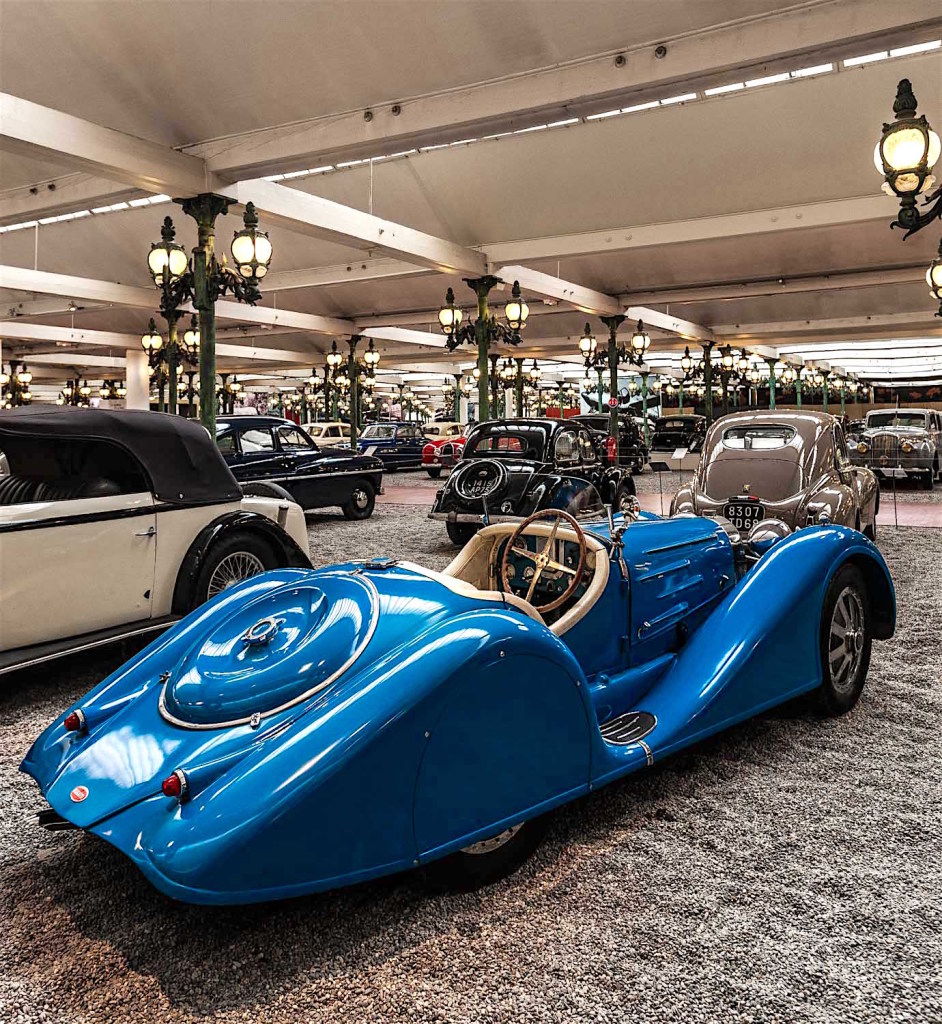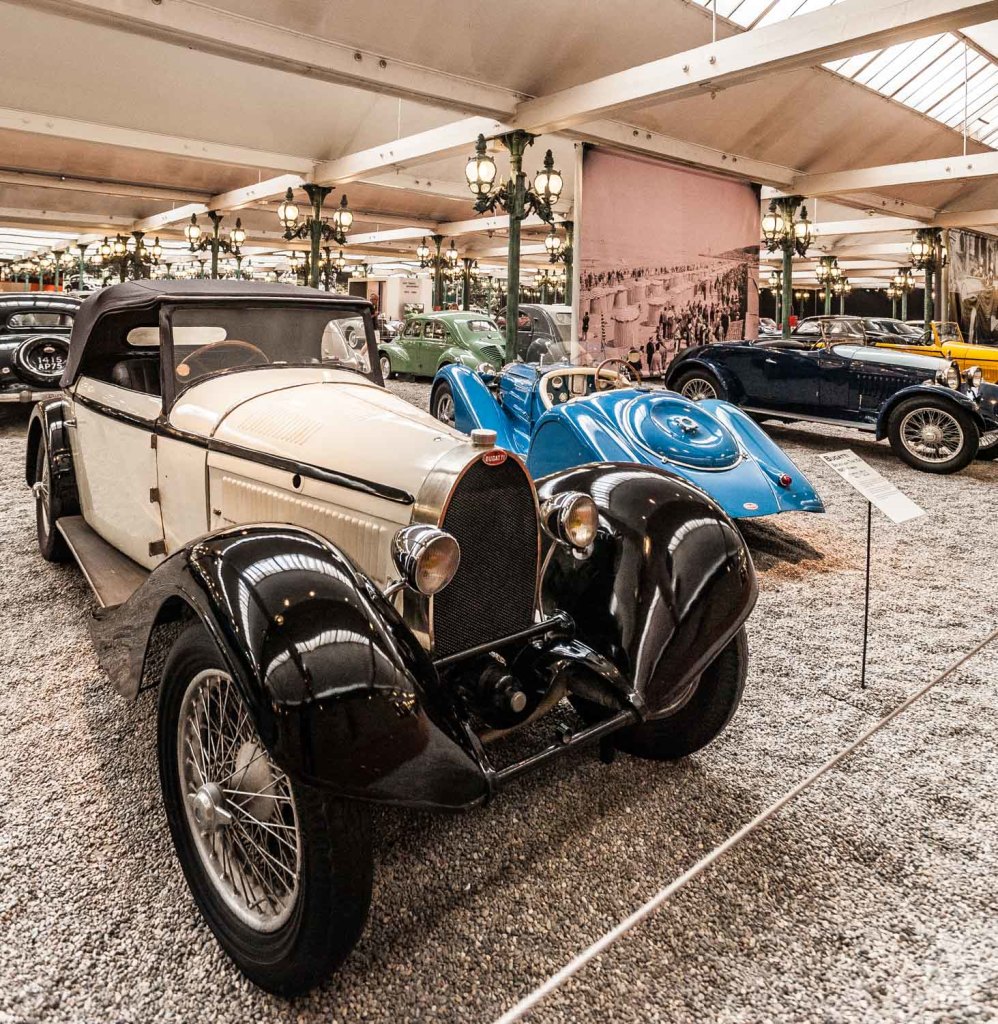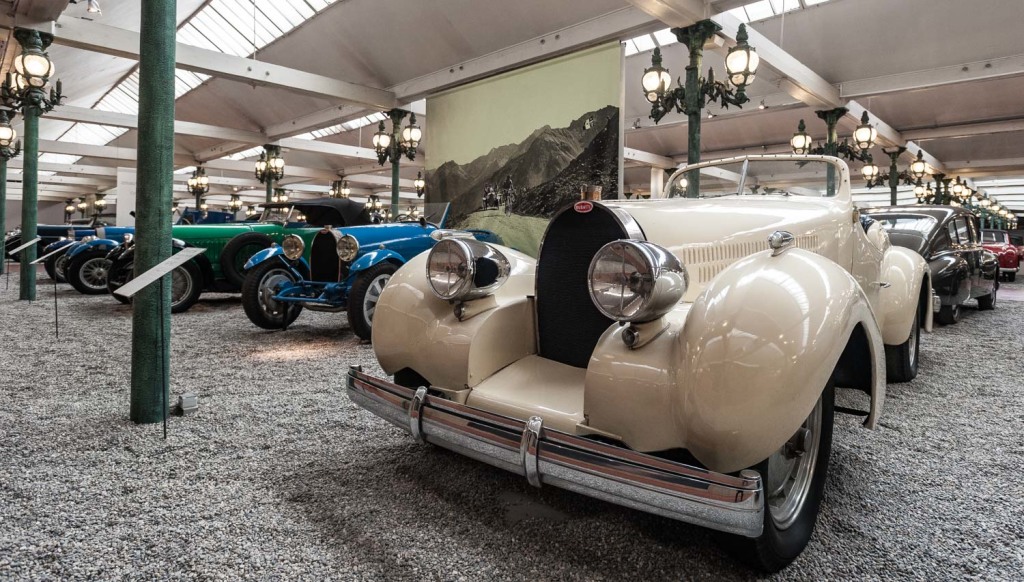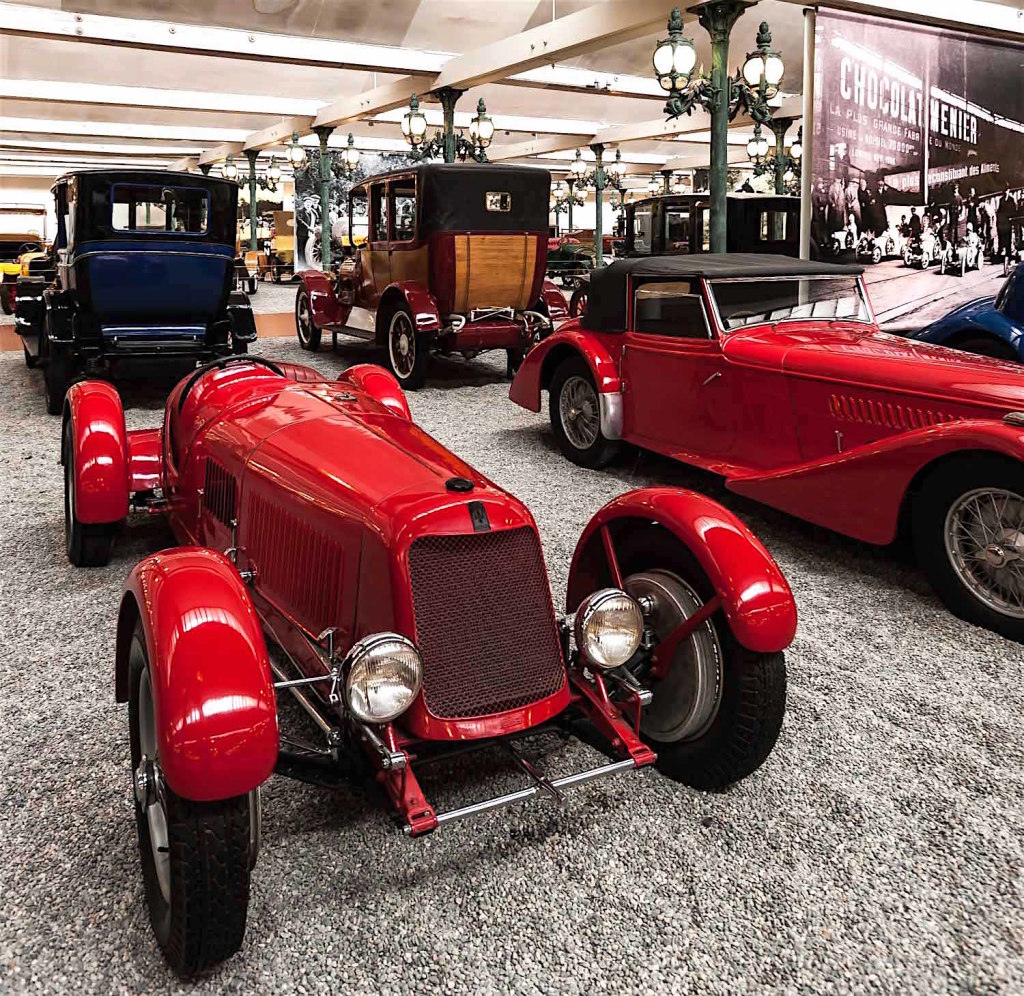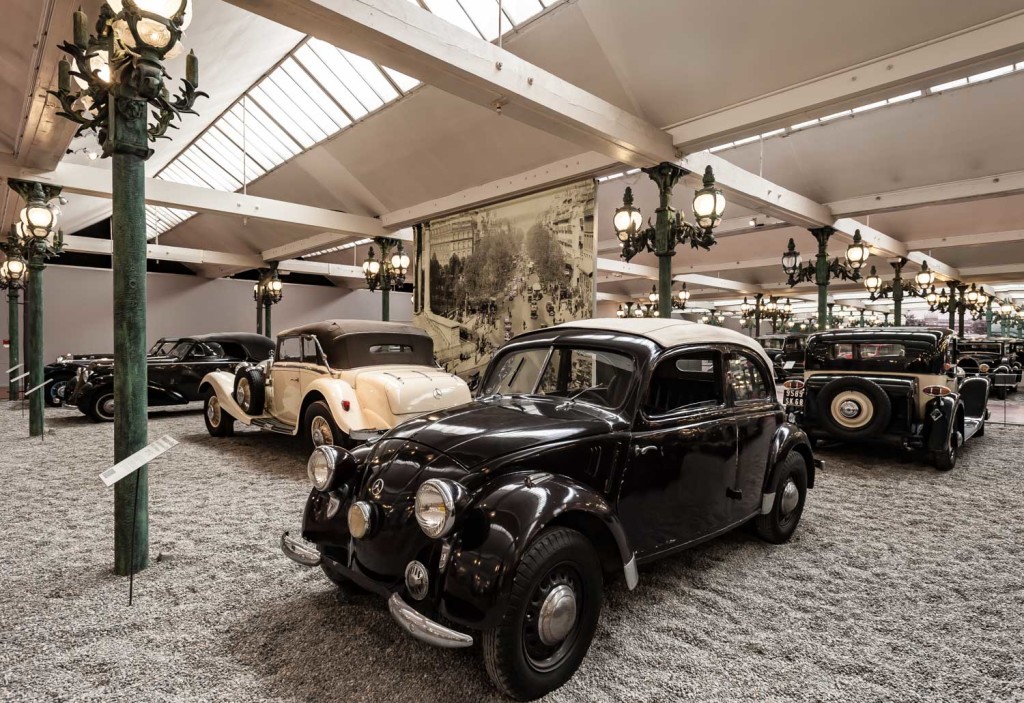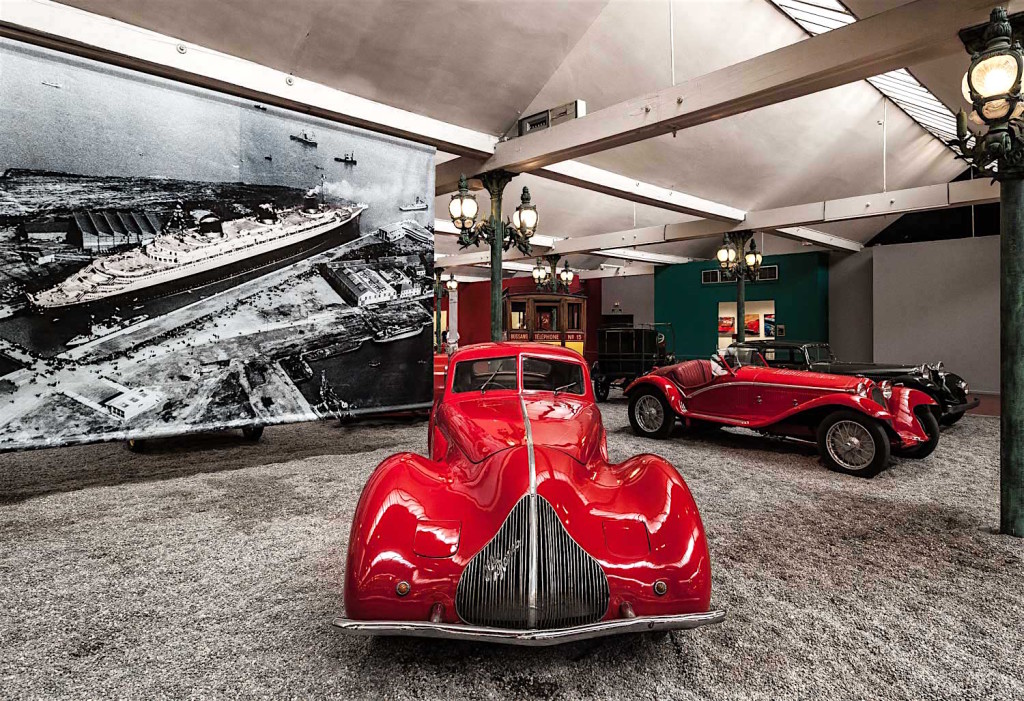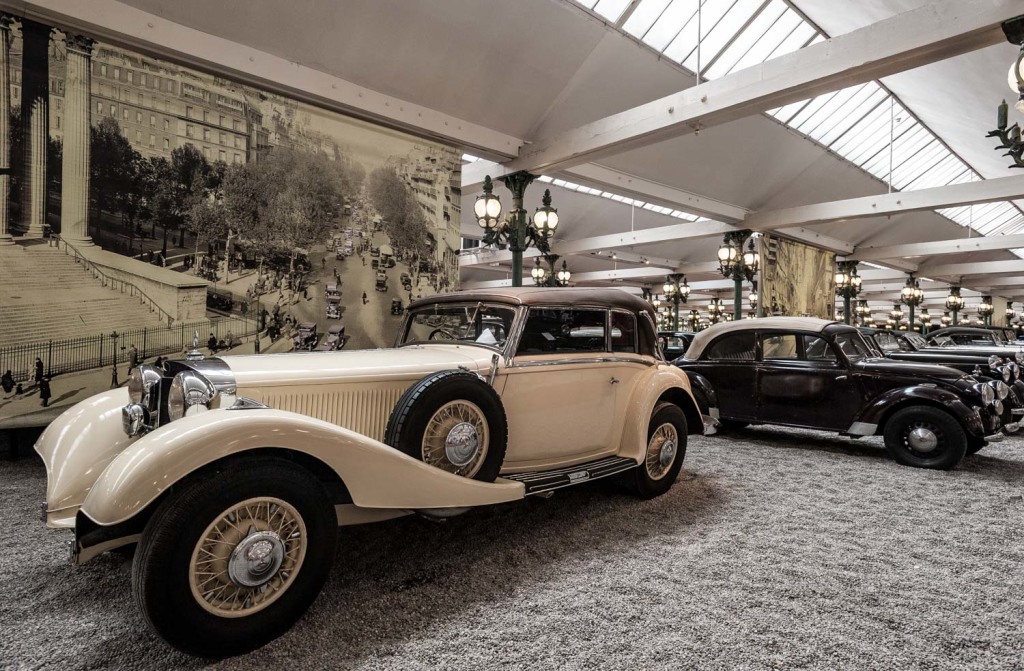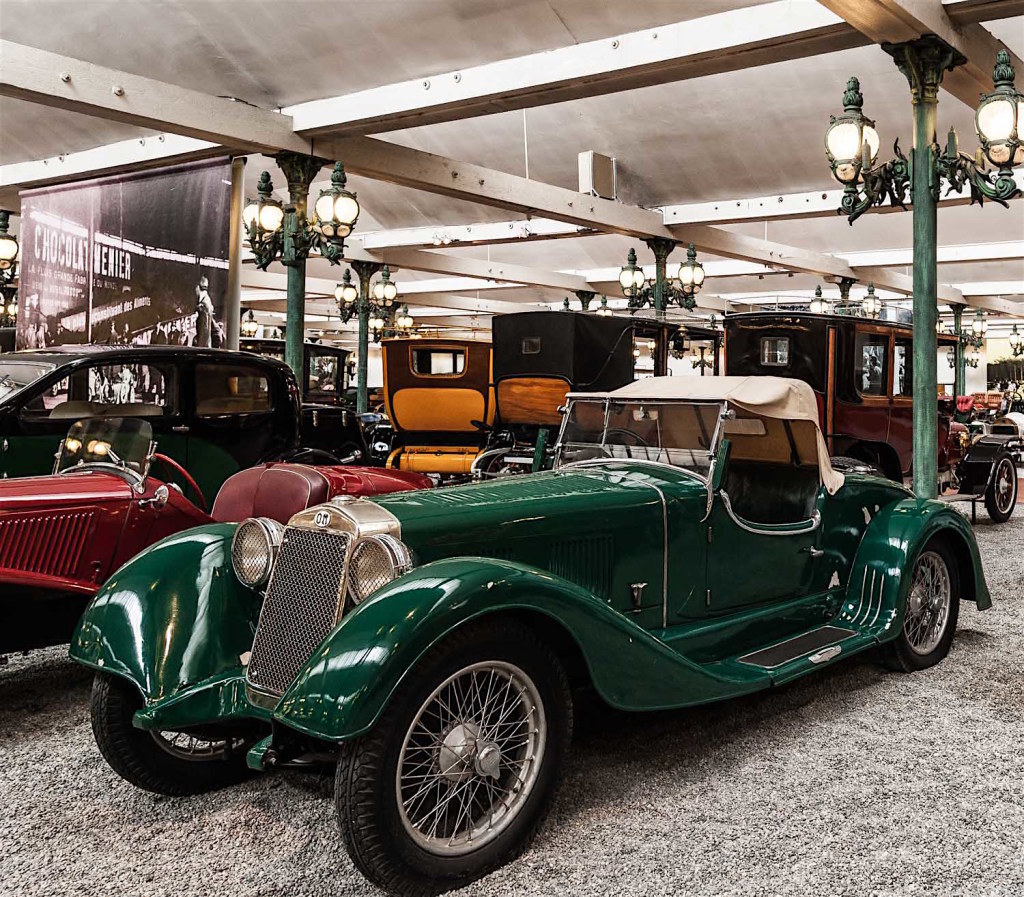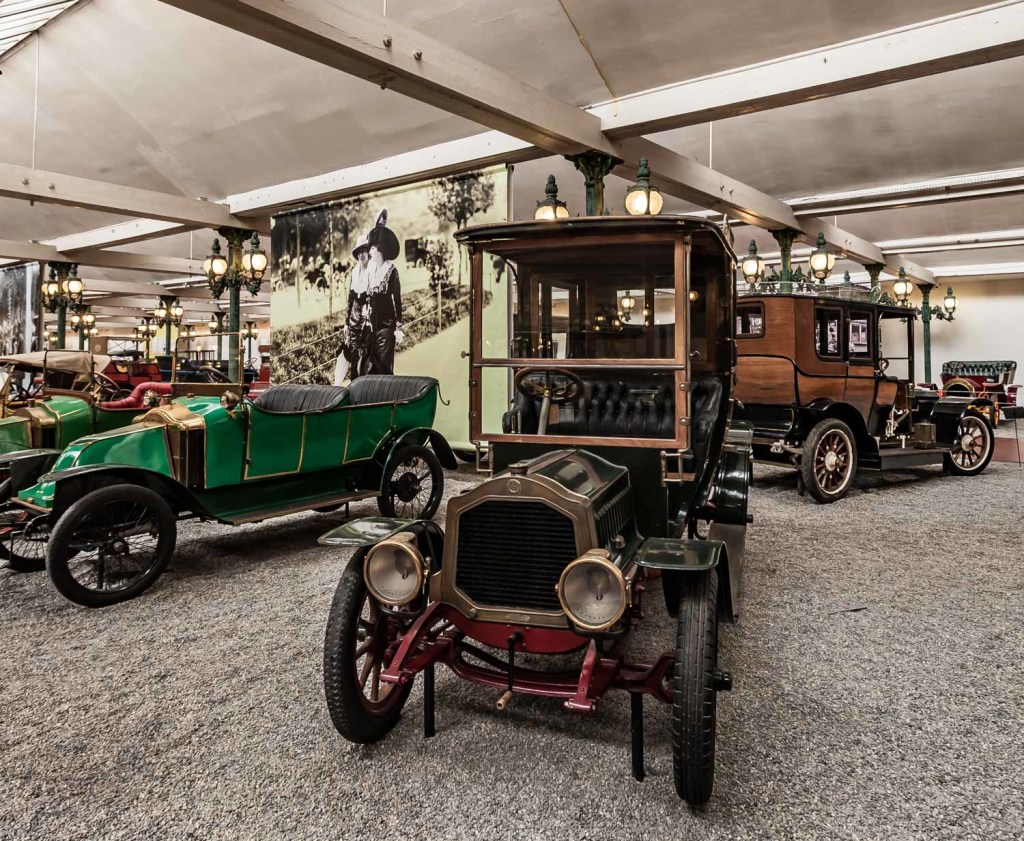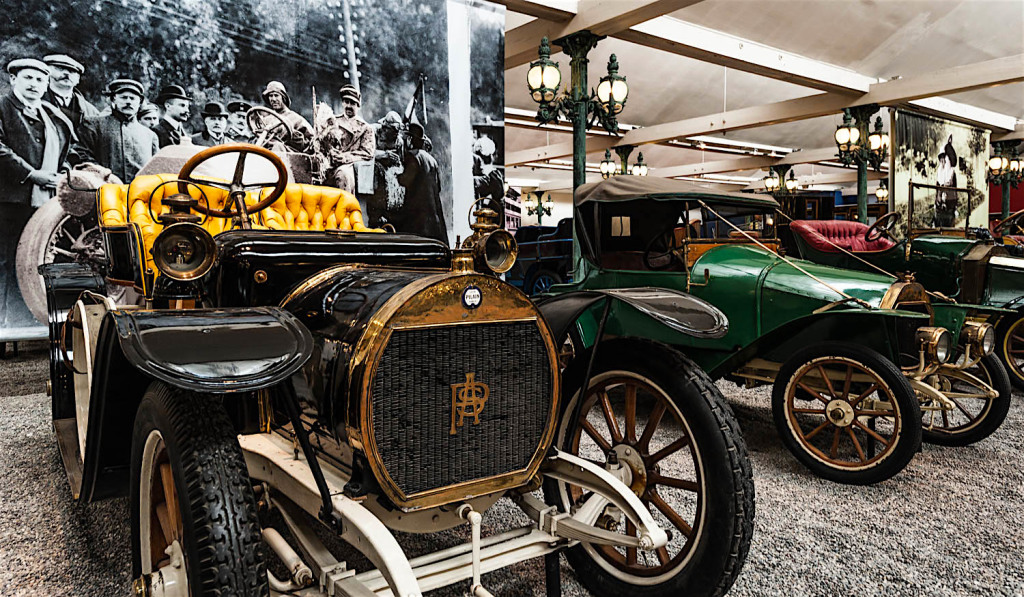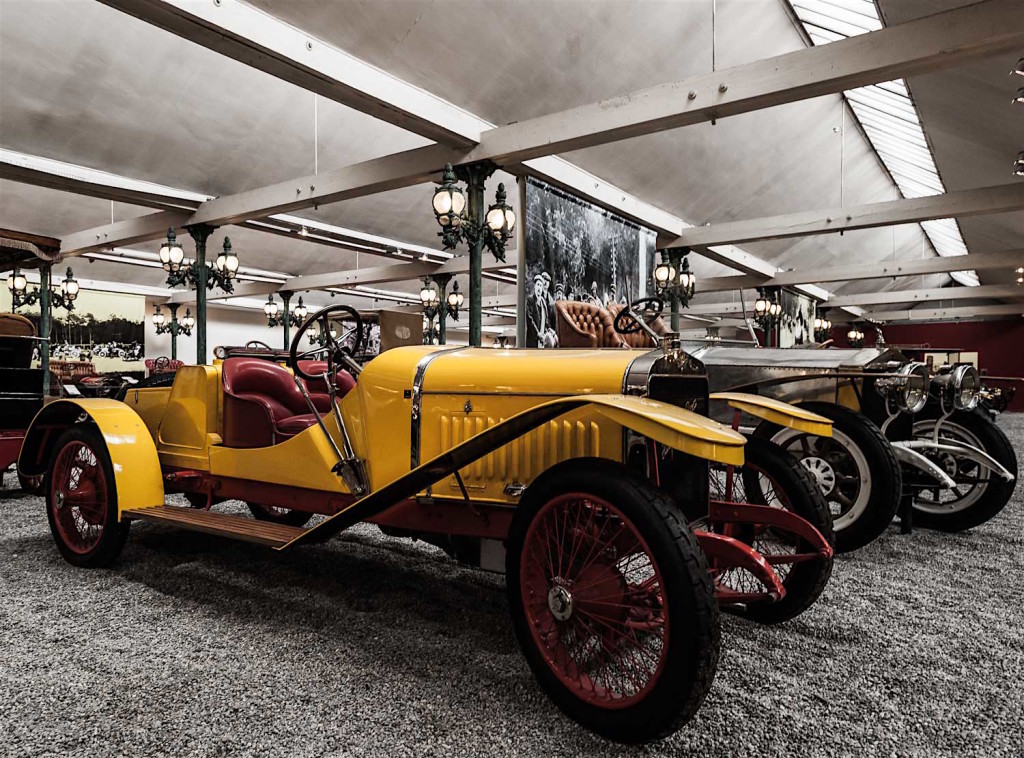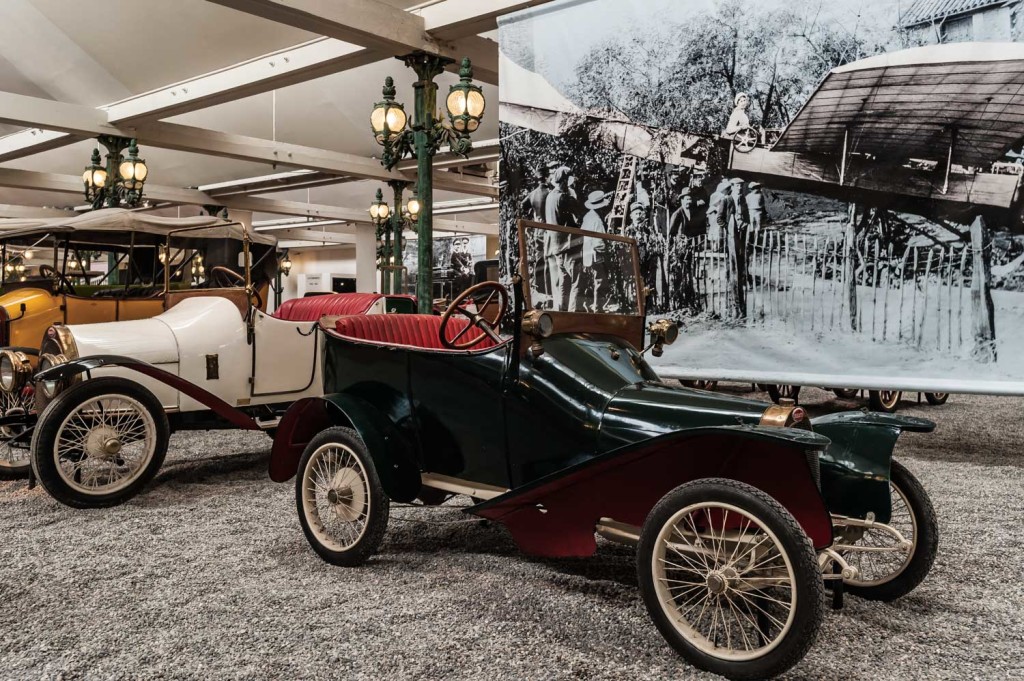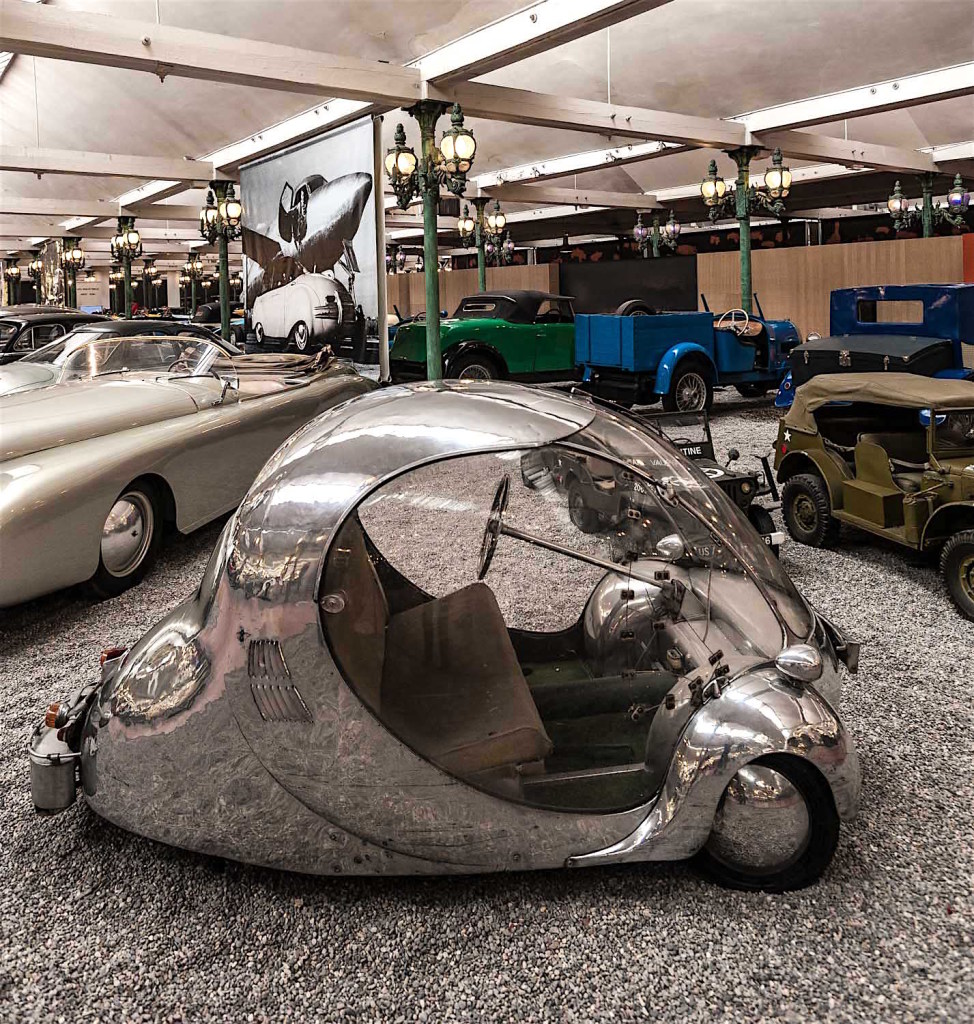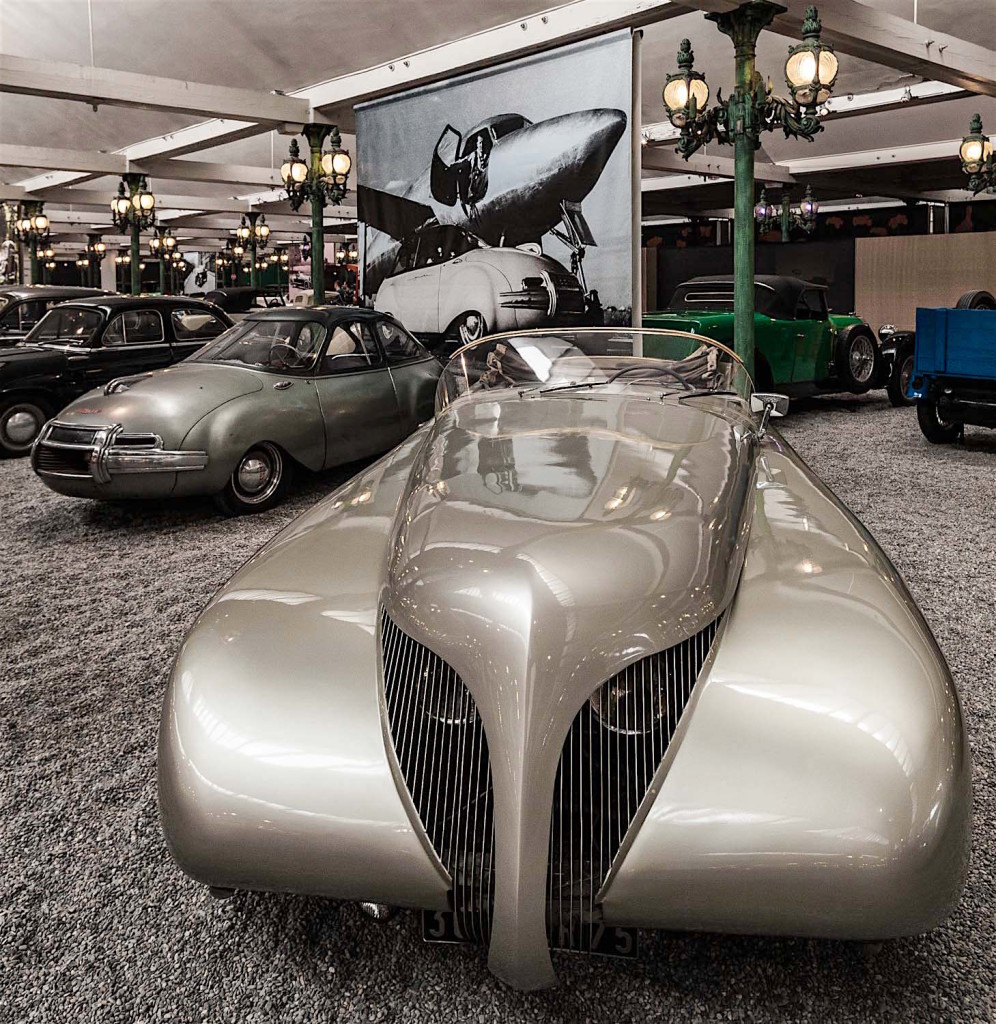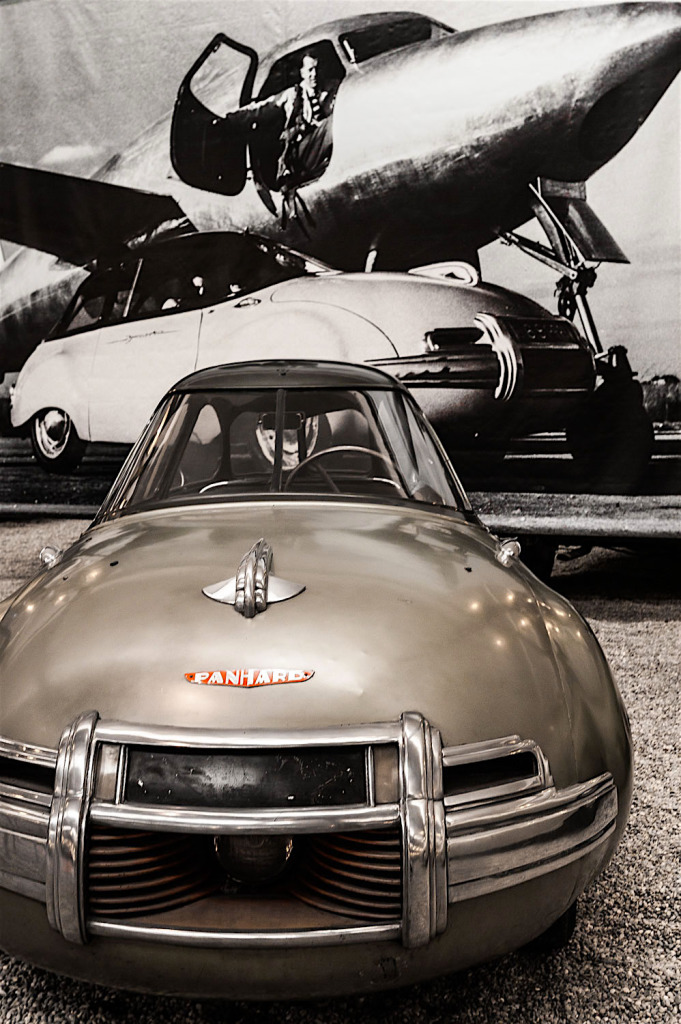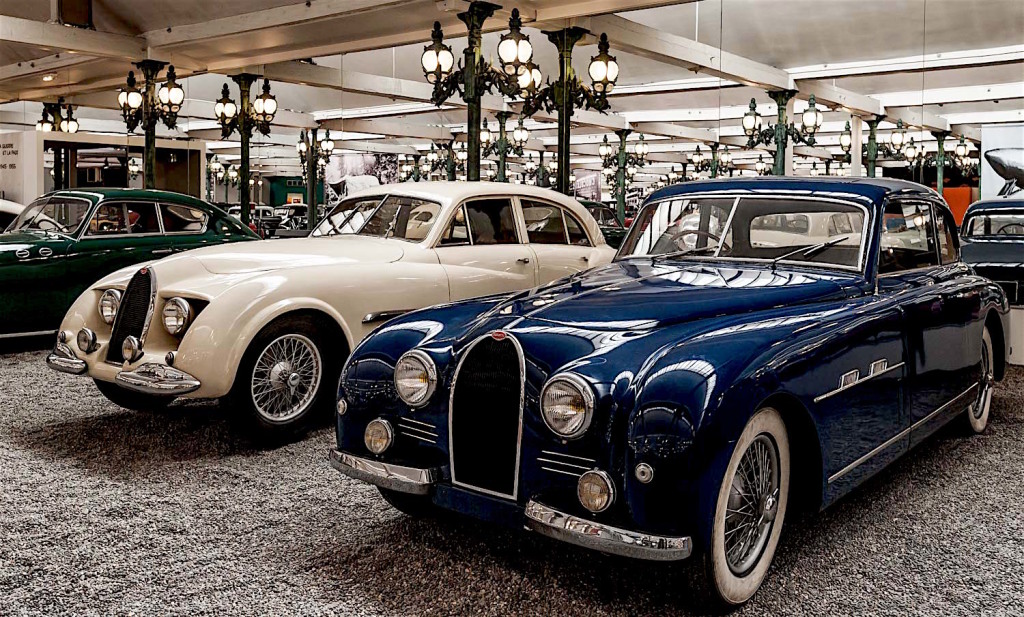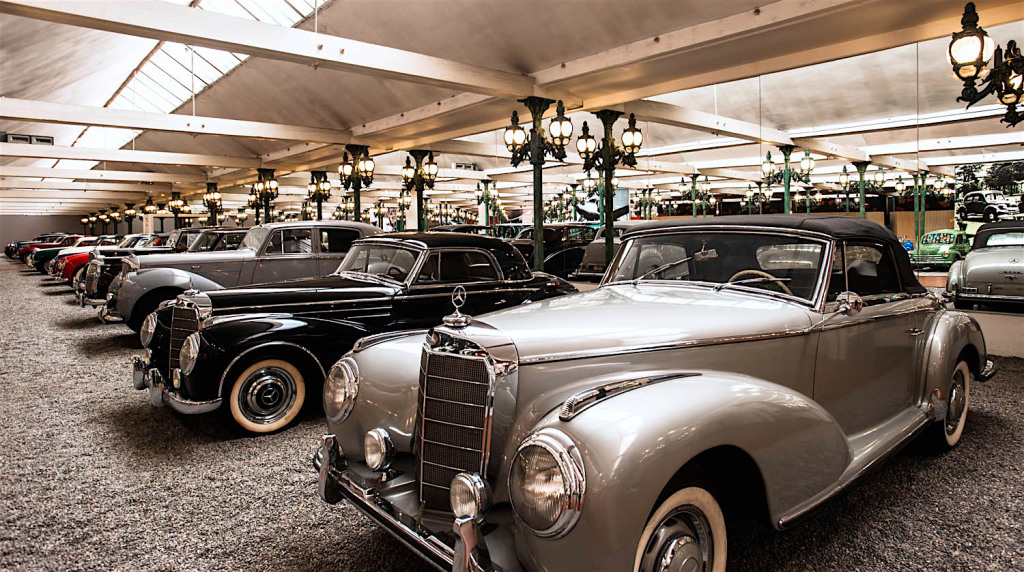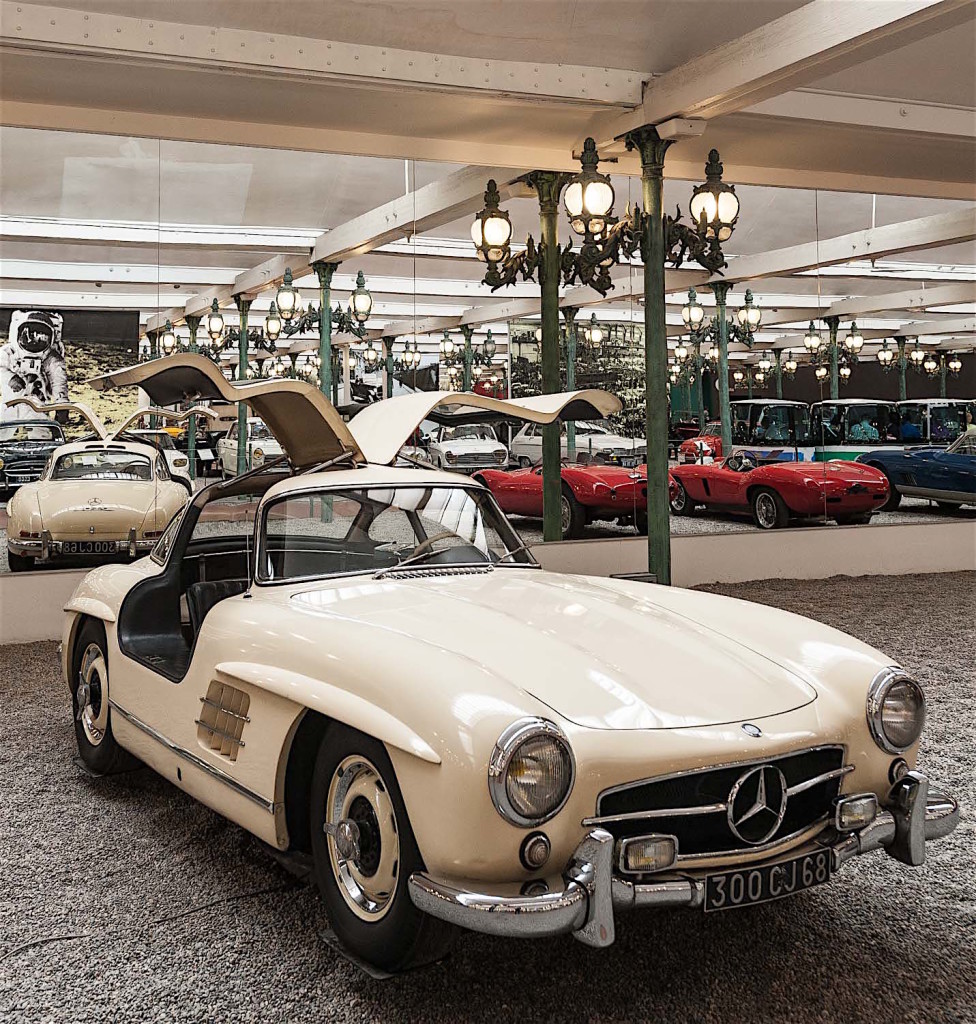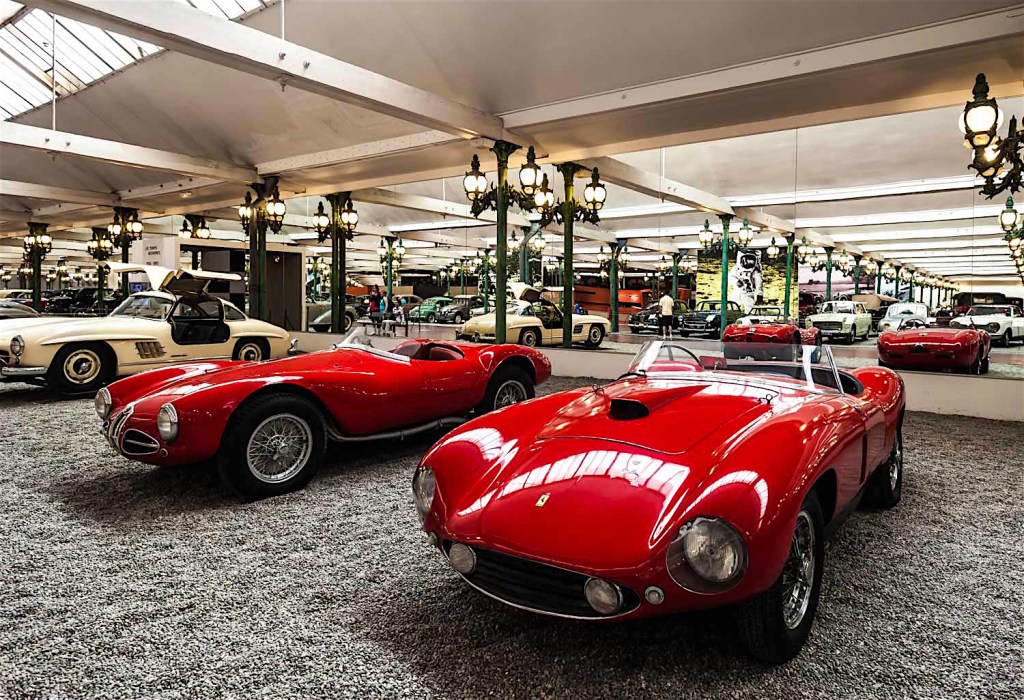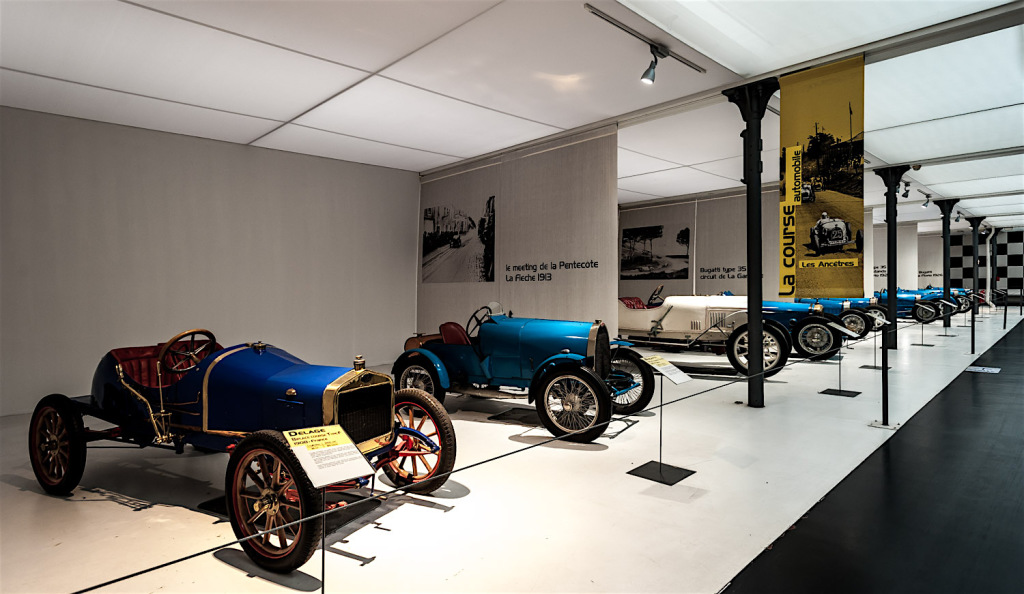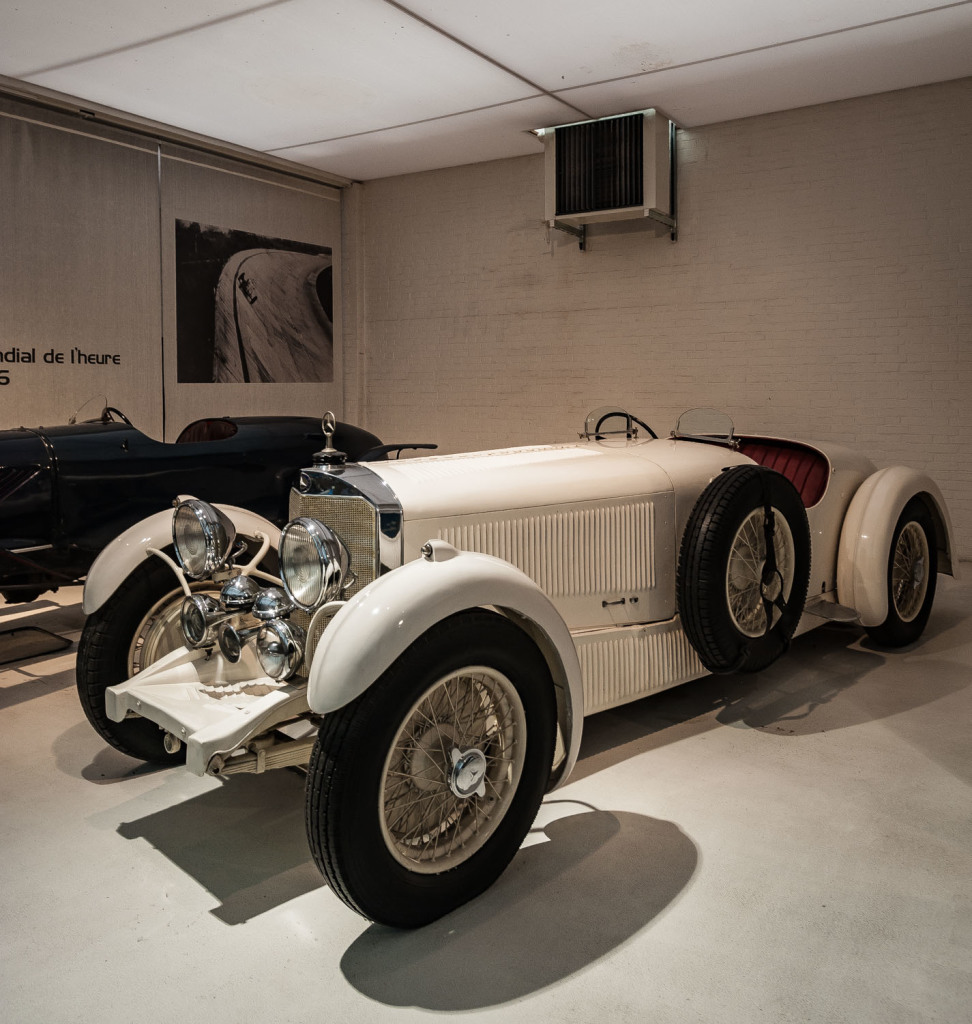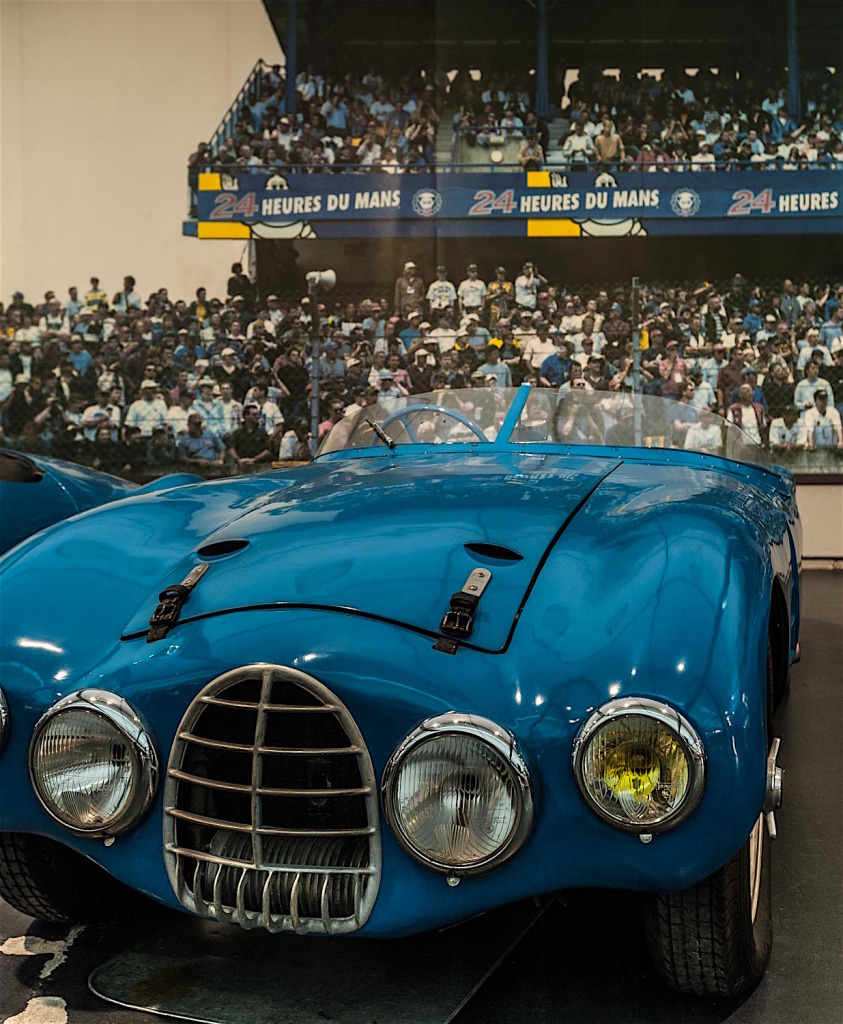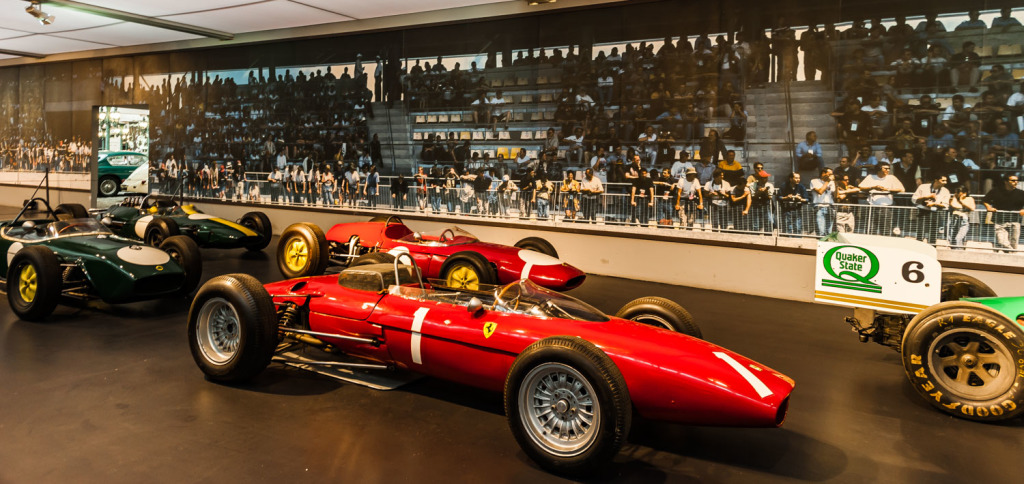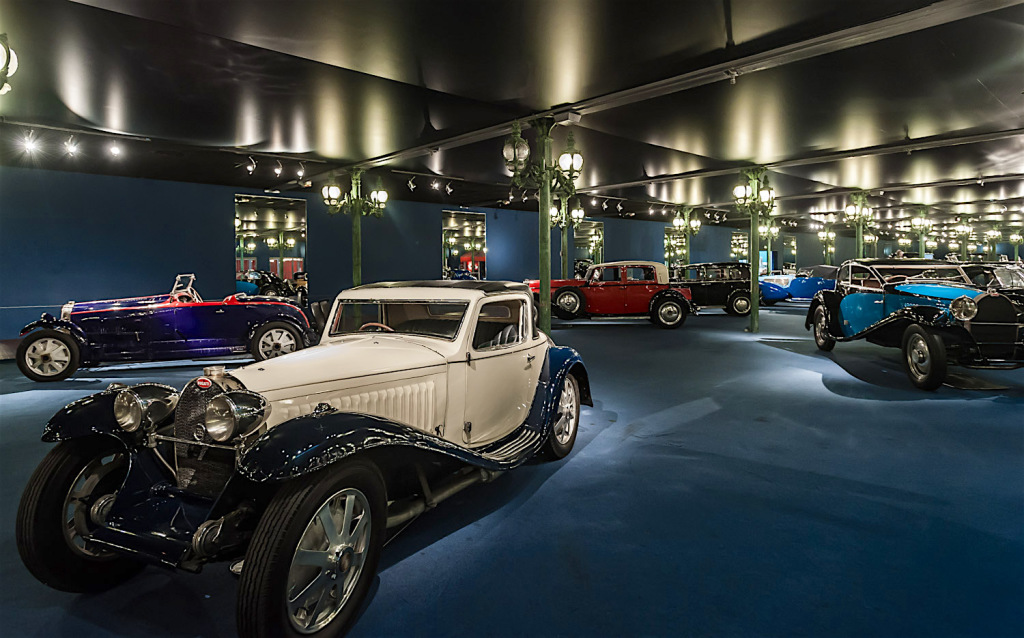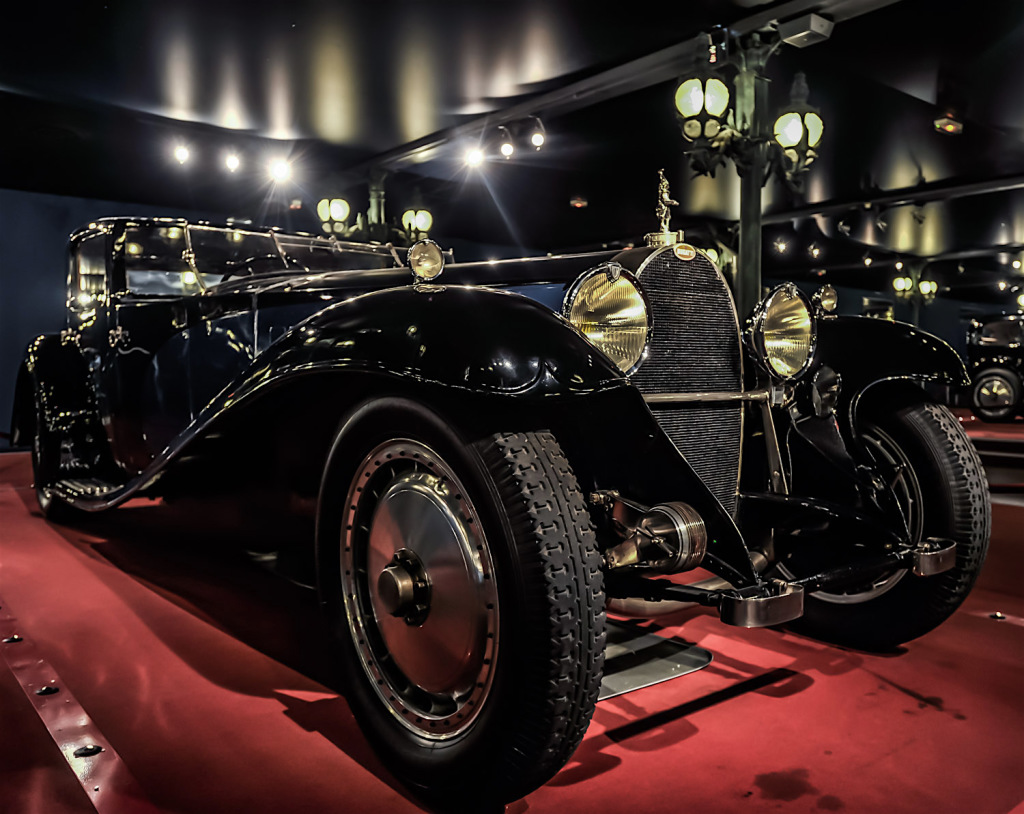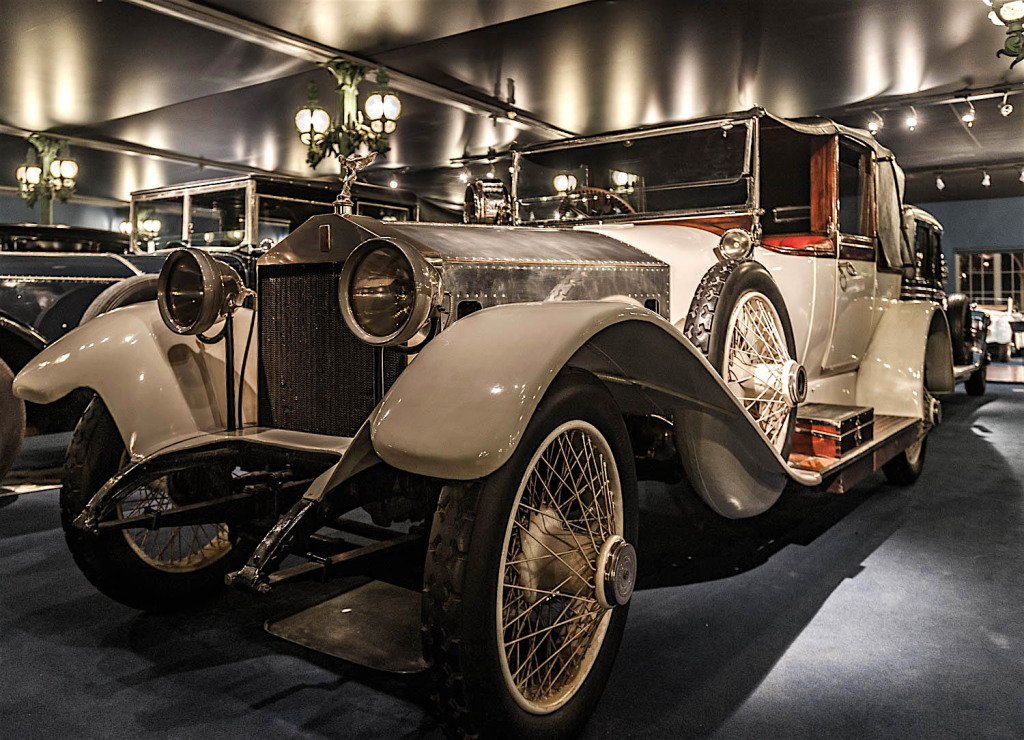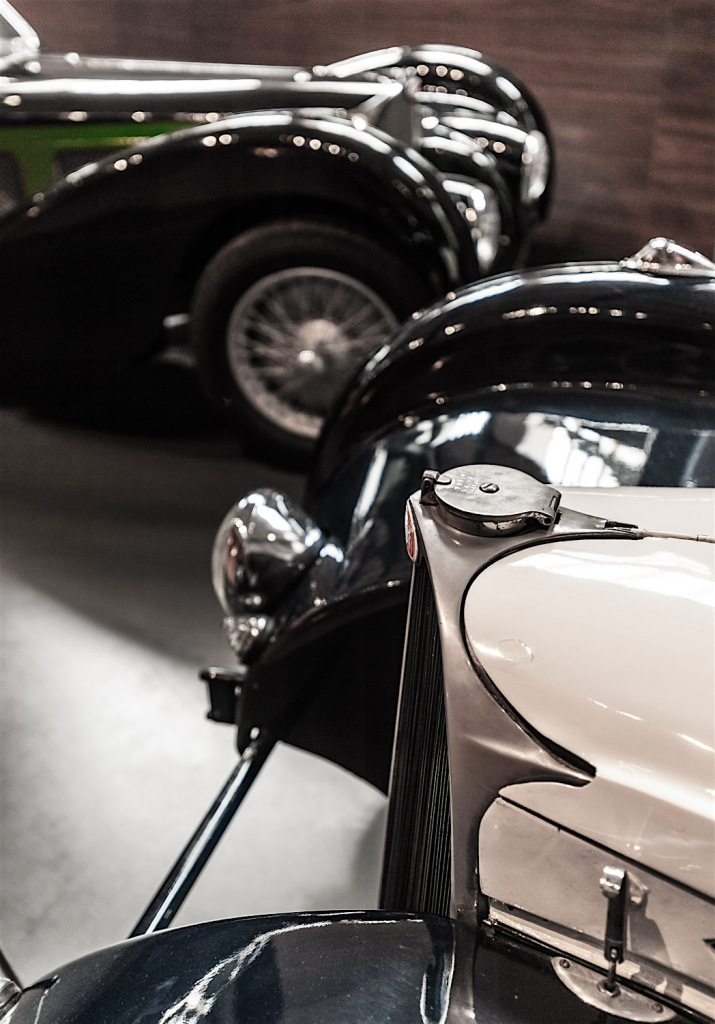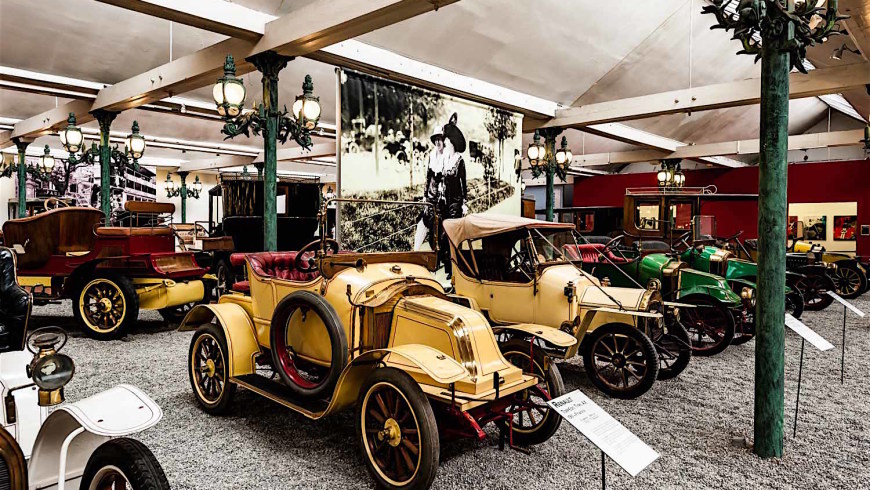THE SCHLUMPF COLLECTION IN MULHOUSE
105 Bugatti, and not only, in the largest museum of the automobile in the world
text by Massimo Valz Gris
photographs by Massimo Pacifico
In March 1977, police cars patrolled the center of Bologna, and also in the Alsatian town of Mulhouse the situation was not at all calm. In Alsace, social tension was on the rise due to the crisis in the leading sector of the local economy, the textile industry. Asian competition had brought production to its knees and many industrialists were left no choice but to close the factory doors. Even the Schlumpf brothers, Hans and Fritz, owners of a wrought-iron enterprise, had been paralysed by a wave of strikes lasting more than a year.
On the 7th of that month, on a Monday, desperate to get the property to relaunch the company, activists of the Confédération française démocratique du travail in mass enter the gates of an old spinning mill of the group, at 192 avenue de Colmar: a disused establishment for several years upon which a strange legend circulated about an elusive car collection of the Masters. Fantasies, gossip, slander? One fact was certain: at the passage of every workers’ demonstration a police cordon was deployed to defend those ruins. Perhaps there was really something important concealed in the dilapidated spinning mill.
Strikers get their answer in a matter of minutes: where there were machines for wool processing, they find luxury cars all over the place. There are 400, one more beautiful than the other, some rare, other unique. All are perfectly restored. What about the Schlumpf brothers! Truth is rapidly emerging in all its madness: their youthful passion for beautiful cars in the past 15 years had turned into a kind of addiction that had led them to dump a large part of their corporate income into a spasmodic collector’s fury.
Taste, however, was not missing: the collection consists of the most beautiful cars ever produced. To add a surreal touch to the story, there is also a gigantic Belgian organ of 1910, dozens of marble statues and déco lamps from the 1900’s in imitation of the Alexandre III bridge in Paris. But the strong piece is the bronze plate with which Hans and Fritz devote the museum to their dear mother, Jeanne. The museum?! And what a museum? Who had ever heard of it?
It was the Press that recomposed the mosaic. The Schlumpfs had bought the first car on the eve of World War II, a Bugatti 35B, with which Fritz would have driven in some races. And so far, so good, indeed so good until the 1960s when, hit by some kind of a demon, the two begin to neglect business by dedicating soul and wallets to the four wheels. They buy right and left, fallen prey to an inexplicable bulimia, and all that they do not find in perfect condition is restored by artisans well paid for both work and silence. In the summer of 1960 they bought forty cars, including ten Bugatti, three Rolls-Royce, two Hispano-Suiza and one Tatra. Shortly after, three Lotus racing cars were purchased by the driver Jo Siffert and a single-seater Ferrari that arrived directly from the Maranello racing department.
The collection is now the main occupation of the two, and if it is possible, the yearning increases again: in 1962 they contacted all the members of the Bugatti register by offering to buy their cars, and with fifty of them they close the deal. But it’s not enough: 18 cars are bought directly from Ettore Bugatti, including a majestic Napoleon Coupe considered to be the most expensive car ever produced. Within five years the Bugattis become 105 and cars in total exceed 300.
But let’s go back to that March 7th,1977, at 192 avenue de Colmar, and to the outspoken faces of the workers. We can perhaps imagine the feelings of men and women, deprived of months of wages, in front of everything that showed the indifference of the bosses towards them. Now, the outburst of rage accumulated for years, decades, perhaps for generations, was there at hand, like a dream that in the morning instead of dissolving, it materializes. It was enough to light up the fire of proletarian justice that would turn all that bourgeois arrogance into ashes. And instead…
The revenge was sublime in its prosaic effectiveness: the workers requisitioned the premises and immediately opened them to the public at a popular price, so that the most elite of collections, so exclusive that it had never had visitors, became bread for families of the unemployed and the strikers.
Today, for forty years from those curious facts, the collection, after appeals, seizures, patronages and acquisitions, became the Cité de l’Automobile and, courtesy of the newly restored social peace, preserves, albeit incidentally, the name of the two ineffable founders.
Protected by the French Government as a cultural heritage, the museum houses 520 cars (about 100 brands), divided according to thematic itineraries that cover the history of the car. The over 100 Bugatti are the flagships, this is obviously a primacy. It is without a question of denial the most complete and aristocratic automotive collection in the world, and certainly of the most proletarian.
Entrepreneurs that were perhaps a little scoundrel but big four-wheeler experts, Hans (1904-1989) and Fritz (1906-1992) Schlumpf (Alsatian mother, swiss father), before spending all in fast cars like the less well-versed footballers, had created an empire. Having founded, in 1935, the Société Anonyme pour l’industrie Lanière, the two arrived to take over dozens of companies in the area so much so that, in 1971, they could claim control of the whole wool industry. Unfortunately for them, what they did not control was the car craze. At the outbreak of the scandal involving them, they fled to Switzerland, where they lived the rest of their lives, continuing in vain to claim their cars at every legal venue. The heirs are still trying to rehabilitate them, claiming that the Paris government had blocked (for mysterious reasons) the sale of the collection in 1976 when the two attempted to recapitalize their companies. The truth, ça va sans dire, we will never know and we will only have to console ourselves with their beautiful collection.
